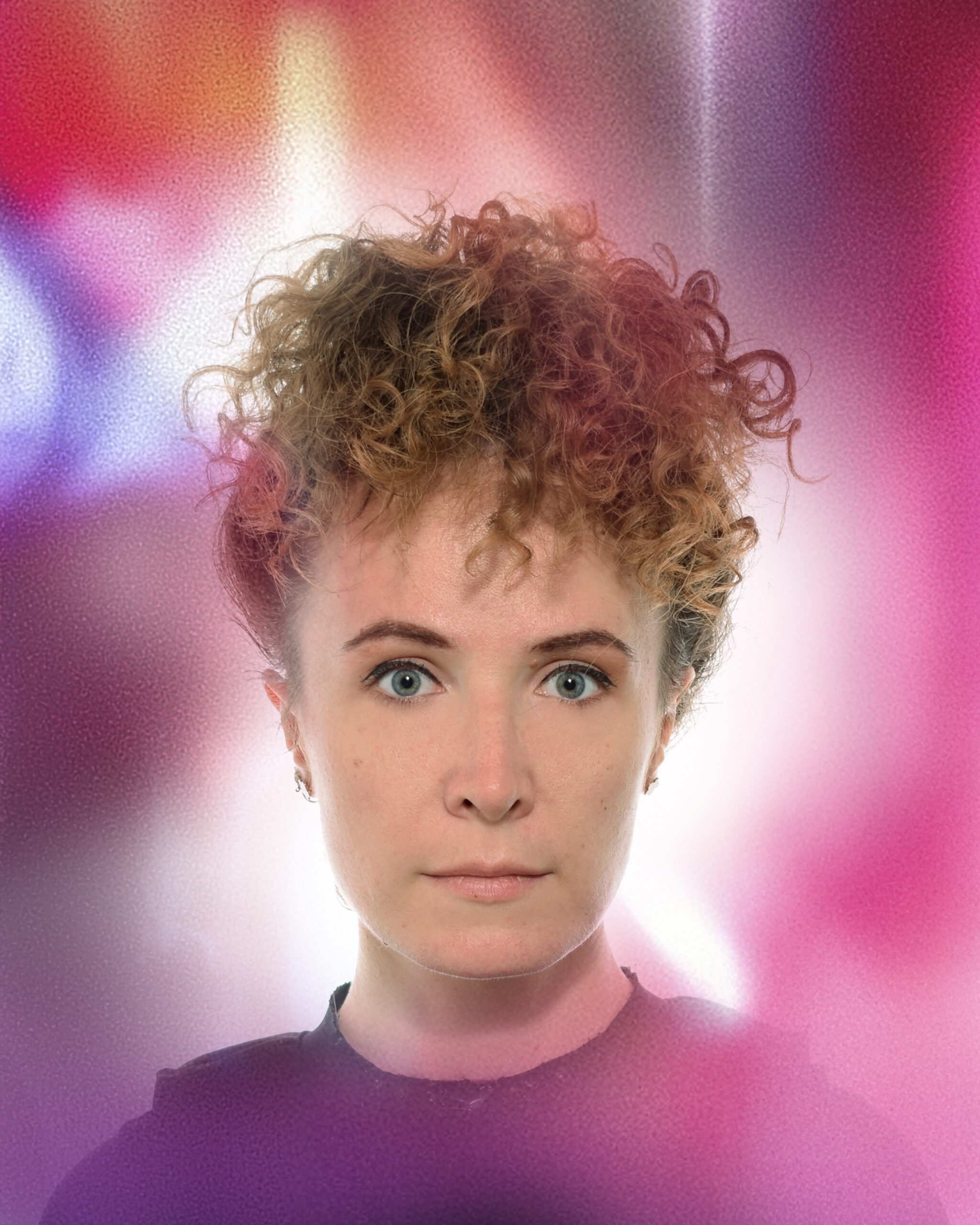Generative models such as LLMs and GANs can be situated—following Jerzy Ludwiński’s theoretical framework—within the paradigm of emergent contemporary art. No longer functioning merely as tools, they become structures imbued with a high coefficient of art, blurring the boundaries between art and reality. Stephen Wright, analyzing such phenomena, proposes not a dictionary but an instrumentation for constructing new forms of artistic discourse. Categories such as 1:1 scale, slackspace, coefficient of art, loophole, deactivate, authorship, purposeless purpose, ownership, and usership articulate the artistic potential of LLM and GAN models as forces redefining the contemporary understanding of art — no longer in a speculative future, but within the present. Recognizing this transformative potential, we as educators should critically reconsider the role of AI in art education—approaching it not with apprehension, but with openness—supporting students in using these tools thoughtfully and creatively.
Paulina Tarara is a visual artist, cognitive scientist, and engineer. In her artistic practice, she integrates scientific research with the artistic process, offering innovative and unconventional perspectives on her subjects. This approach enables new modes of experiencing and engaging with the world, fostering a deeper understanding beyond the confines of either science or art alone. She explores the intersection where science informs art, and art, in turn, informs science.
